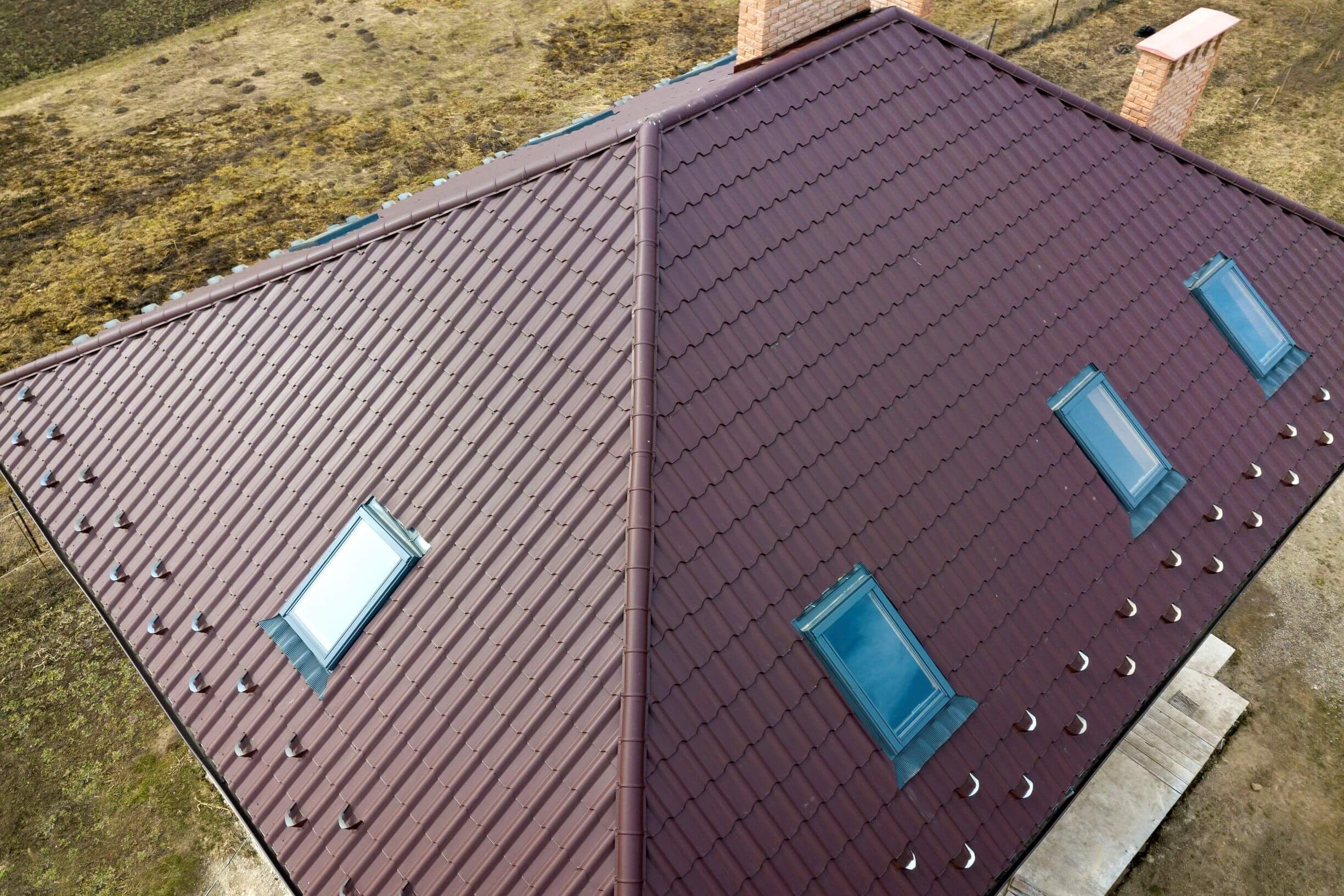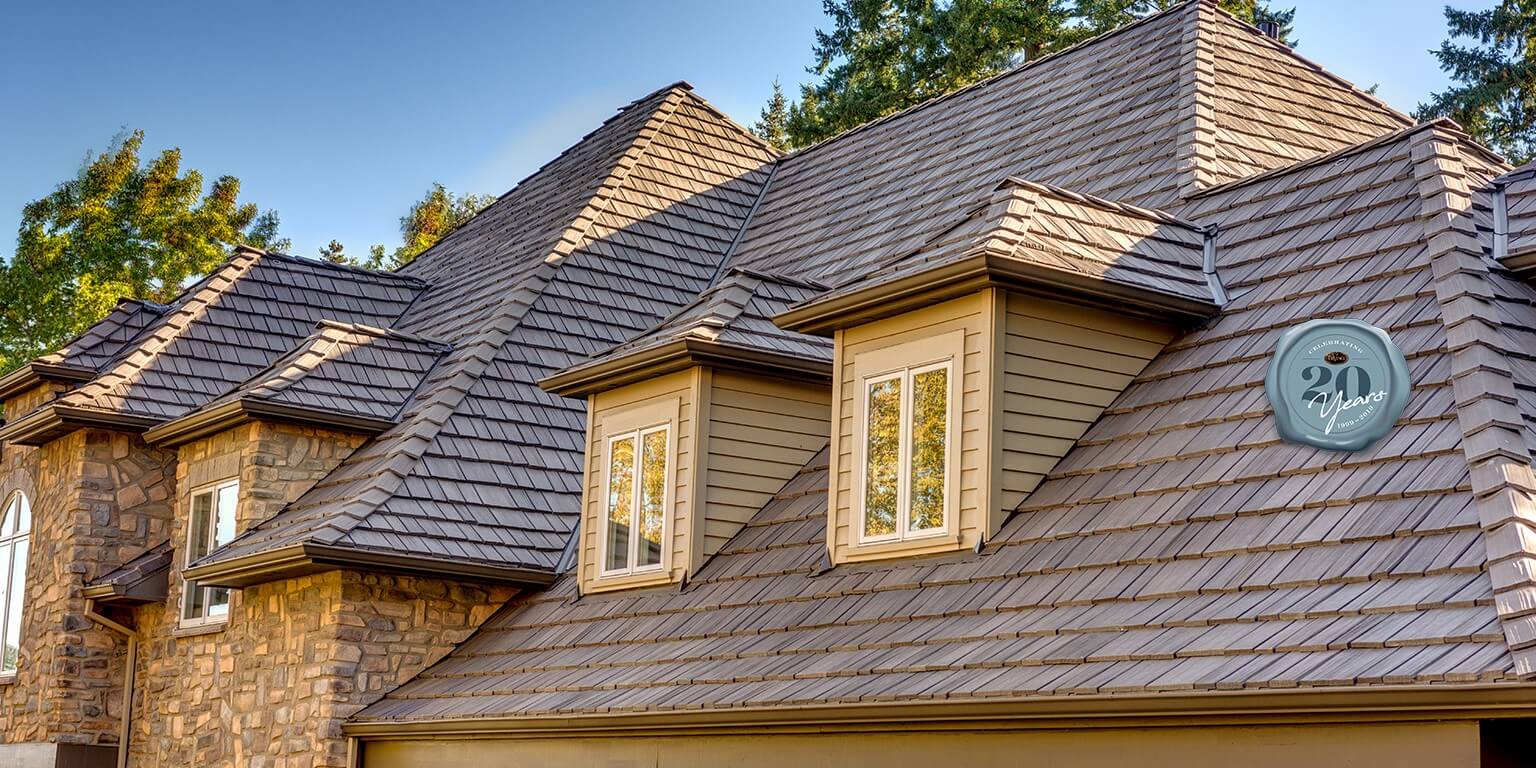How to Choose the Right Roofing Style for Your Home
Selecting the right roofing style is crucial, as it not only defines your home’s aesthetics but also influences its durability and functionality. With various roofing options available, understanding the key factors can guide you in making an informed decision tailored to your home’s needs and your personal preferences.
How to Choose the Right Roofing Style for Your Home
Your home’s roof is not only a protective covering but also a significant aesthetic element that contributes to its overall appeal. Selecting the ideal roofing style involves a thoughtful consideration of various factors, ensuring it complements your home’s architecture while meeting functional requirements.
Architectural Harmony

Harmonizing your roof with the architectural style of your home is essential. Colonial, Victorian, or Tudor-style houses often suit steeply pitched roofs with asphalt shingles or wood shakes, while modern or contemporary designs may look stunning with flat or low-slope roofing options.
Material Diversity
Explore the wide array of roofing materials available, including asphalt shingles, metal, wood, clay tiles, slate, and concrete. Each material offers distinct aesthetics, durability, and maintenance needs. Asphalt shingles, for instance, are versatile, cost-effective, and come in various colors and styles.
Climate Adaptability

Consider your region’s climate when choosing roofing materials. Areas prone to extreme weather conditions, such as hurricanes, heavy snowfall, or intense heat, demand durable materials. Metal roofs are highly resilient against harsh weather, while clay tiles excel in warmer climates.
Longevity and Maintenance
Evaluate the lifespan of different roofing materials. Metal roofs and slate tiles can endure for decades, outlasting materials like asphalt. However, they might require specialized installation and maintenance. Assess your willingness for periodic maintenance and repairs.
Energy-Efficient Options
Opt for energy-efficient roofing solutionsk to reduce utility costs. Reflective coatings or cool roof materials, like metal or tile, minimize heat absorption, keeping your home cooler. Solar panel integration can also enhance energy efficiency.
Color and Texture Variation
Roofing materials offer a spectrum of colors and textures. Experiment with various shades to complement your home’s exterior palette. Light-colored roofs reflect sunlight, ideal for warmer climates, while darker hues provide a striking contrast.
Local Building Codes and Regulations
Ensure compliance with local building codes and neighborhood guidelines. Some areas may have restrictions on certain roofing materials or styles. Check with local authorities or homeowners’ associations to avoid potential conflicts.
Cost Analysis
Create a comprehensive budget that includes material costs, installation, and long-term maintenance expenses. While initial costs vary, consider the lifespan and durability of the chosen material to determine the overall cost-effectiveness.
Warranty and Insurance Coverage
Review warranties offered by manufacturers and roofing contractors. Understanding warranty terms and coverage for repairs or replacements can provide peace of mind. Additionally, consult your insurance provider to ascertain coverage for different roofing materials.
Environmental Impact

Assess the environmental impact of roofing materials. Opt for eco-friendly options made from recyclable or sustainable materials, contributing to reducing your home’s carbon footprint.
Opt for roofing materials that are recyclable or made from sustainable sources. Recycled materials like metal roofing or composite shingles made from recycled materials reduce the demand for new resources and minimize waste.
Professional Consultation
Engage roofing professionals or architects to gain expert advice. They can assess your home’s structure, provide material recommendations, and ensure proper installation, considering local weather patterns and architectural compatibility.
Roof Pitch and Slope

The slope or pitch of your roof can influence the choice of roofing materials. Steeper pitches are suitable for materials like slate or tile, providing effective water shedding. Low-slope roofs might require specific materials such as built-up roofing or modified bitumen for proper water drainage.
Noise and Sound Insulation
Some roofing materials, like metal, can amplify rain or hail noise, while others, such as asphalt shingles or wood shakes, provide better sound insulation. Consider the acoustics and how different materials might affect noise levels inside your home.
Fire Resistance
Evaluate the fire resistance rating of roofing materials, especially in areas prone to wildfires or where fire safety is a concern. Materials like metal, clay tiles, or certain types of asphalt shingles offer higher fire resistance compared to wood shakes or shingles.
Roof Color and Climate Impact
Dark-colored roofs absorb more heat, ideal for colder climates as they aid in snow melting. Lighter colors reflect sunlight, keeping interiors cooler in warmer regions. Choose a color that complements your climate for optimal energy efficiency.
Roofing Weight and Structural Support
Consider the weight of the chosen roofing material and its compatibility with your home’s structural support. Some materials, like slate or concrete tiles, are heavier and may require additional support to ensure the structural integrity of your home.
Local Aesthetics and Neighborhood Trends

Take into account the local architectural trends and aesthetics prevalent in your neighborhood. While aiming for individuality is admirable, choosing a roofing style that fits within the community’s aesthetic can enhance property value and curb appeal.
Installation Expertise and Labor Costs
Certain roofing materials might require specialized installation skills, impacting labor costs. Materials like metal or clay tiles may need experienced installers, potentially increasing the overall installation expenses.
Roof Ventilation Requirements
Different roofing materials may have varying ventilation needs. Ensure that your chosen material aligns with the ventilation requirements to prevent moisture buildup, which can lead to mold or rot in your attic space.
Visualize with Samples and Mock-ups
Request samples or mock-ups of the selected roofing materials to visualize how they complement your home’s exterior. Seeing physical examples can help in making a more informed decision regarding color, texture, and overall aesthetics.
Conclusion
Choosing the right roofing style involves a careful balance between aesthetics, functionality, and practicality. By considering architectural compatibility, climate suitability, longevity, energy efficiency, budget, and seeking expert advice, you can make an informed decision that enhances your home’s appearance, durability, and value. Remember, investing time in selecting the perfect roofing style ensures both aesthetic appeal and long-term satisfaction with your home’s roof.
Now that you know how to choose the right roofing style for your home, contact us at Stradling Roofing to help meet your roofing needs!
